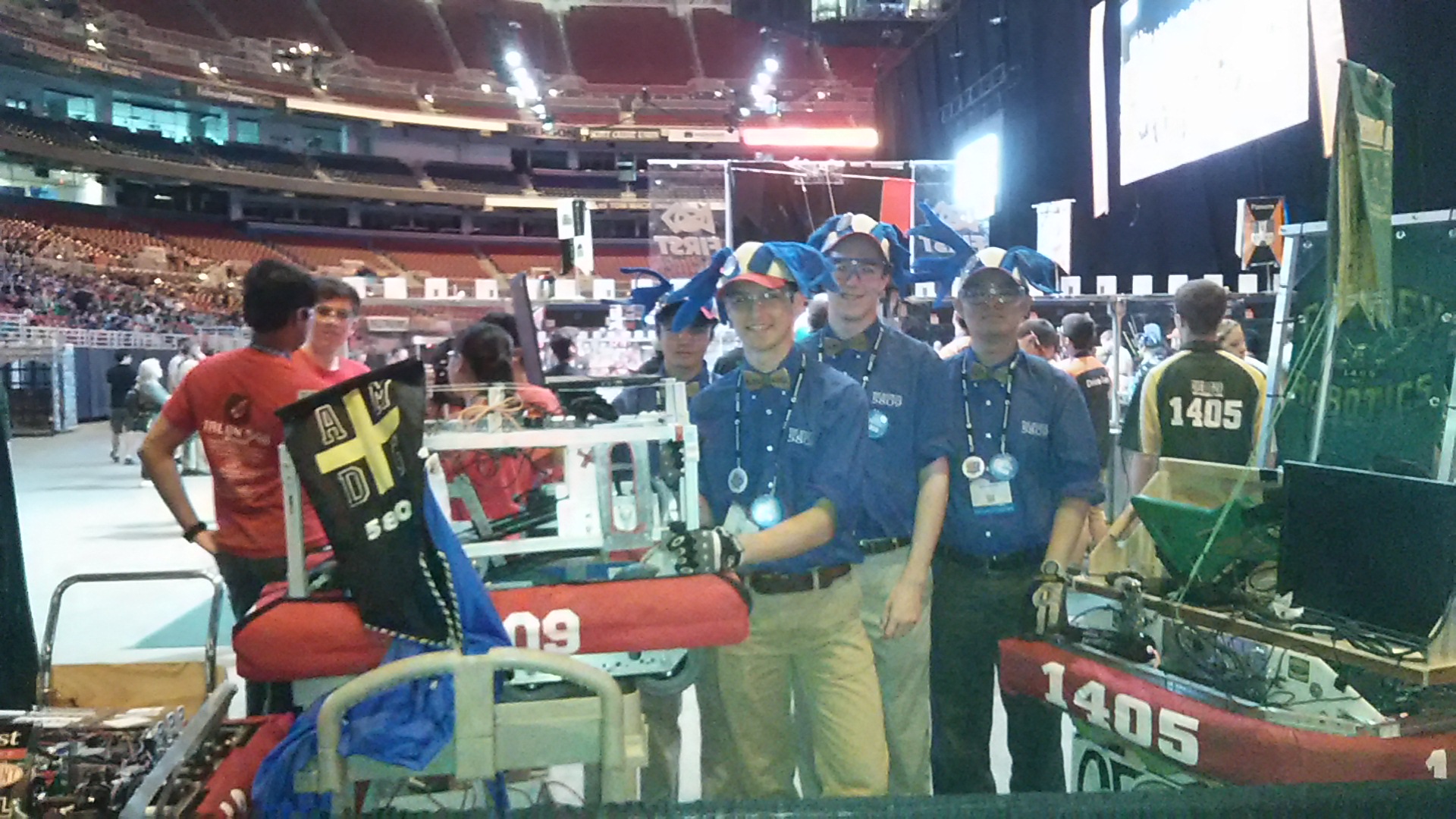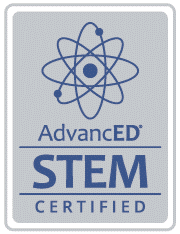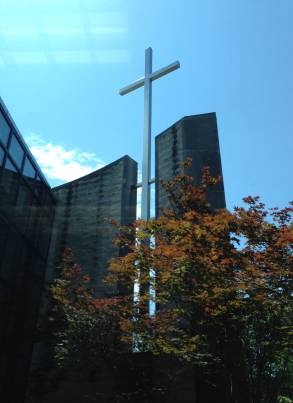The following reflection is from Harrison Oest, a member of the great class of 2016.
Everything started with a trip out to the Garmin Corporate Campus to see the big reveal. Ten or-so of us met up all the way out on 151ststreet to walk into the building with Mr. Winkeler and Mr. Wilcox as a group to watch the announcement of the game for the 2016 FIRST Robotics competition. After crowding in the auditorium to watch Dean Kamen and Woody Flowers reveal this year’s game, we went to a room where we were given a beginner kit of parts and tasked with mocking up the basic electronic circuit and chassis for the bot. The saying, “That’s only the tip of the iceberg,” applies here well. I would like to point out that the tip of the iceberg in this situation was part of a monolith-sized chunk of ice. The journey of a rookie team in FIRST Robotics was going to be a long couple of months.
Participating in FIRST is not all about building and driving a robot. Similar to a football or soccer team, the bonds grew between members of the robotics team as we exchanged witty banter over a GroupMe group-chat. We spent hours upon hours in the robotics lab, designing and brainstorming over every aspect of the robot until we had enough to start building. Our robot, named Iggy, was given its name off of a fun twist of St. Ignatius’ name.
The basis for much of our recruitment and interest in the robotics team comes from the robotics classes Rockhurst provides. The classes are a great start for those interested in robotics or an interesting change in schedule for those who enjoy building and coding.
The freshman class, Introduction to Robotics, is one semester, and provides a foundation of building and coding for underclassmen. The more advanced class for the juniors and seniors, Robotics Engineering I, is two semesters. In my time as a student in the Robotics Engineering class, I was exposed to planning, designing, and building of a robot. Each student was tasked with keeping an engineering notebook up to date. Entries into the notebook were to be titled, dated, and entered in pen. As a student, I filled my notebook with information on types of articulating arms, calculating torque, types of drivetrains for robots, as well as other similar topics. In between these paragraphs were diagrams, tables, and charts of the robot and its abilities. During our coding unit, all of the students had to write our code down to show Mr. Wilcox. At the end of both semesters, we were to use the knowledge we had gained during the class to build a robot and write code for a final project. The final project for the first semester made a great opportunity to recruit for the team. The winning team in the final project competition featured both of the drivers on our FIRST robotics team; Max McAnany and Sam Crawford.
As the build season came to an end, we geared up to compete at the Greater Kansas City Regional. Despite not seeing the success we were hoping for, we took the mountains of knowledge we had learned and immediately turned to apply it to our next competition. Two short weeks later we loaded up the vans to drive nine hours to Cincinnati for the Queen City Regional. After another few days of competition, we were awarded for our efforts. The Jesubots were given the Rookie All-Star Award. This award commends a first-year team on their efforts to not only build a robot, but their community involvement and proposed business plan. This award was enough to get us a spot in the Worlds Championship held in St. Louis. Again, we packed our workshop up with the robot to ship off the St. Louis. We arrived at the Edward Jones Dome and were met with hundreds of other teams and their robots. The next few days were stressful as we tried our best to strut our stuff with other rookie teams and experienced groups. All in all, we had an informative and successful first season.





Comments